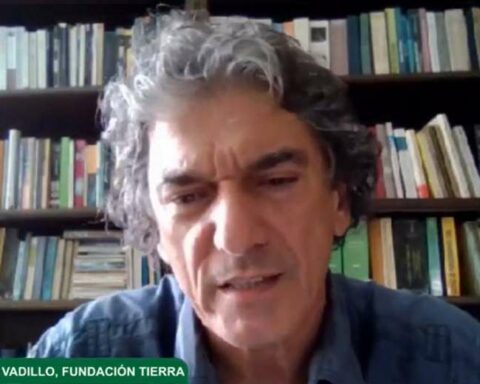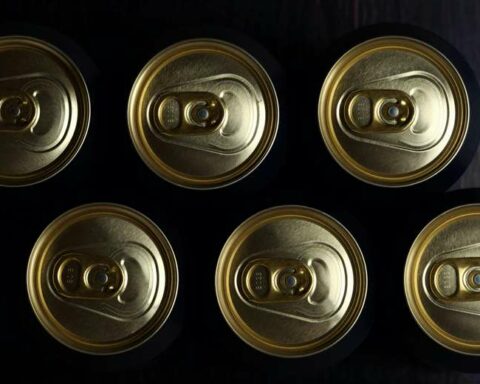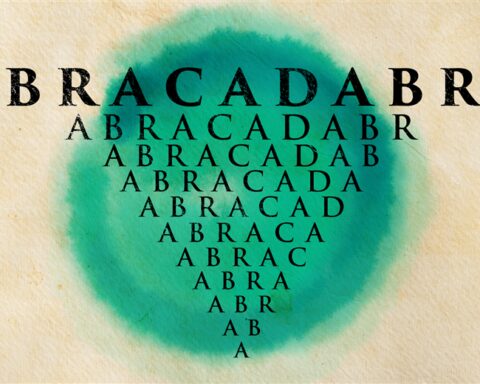May 6, 2023, 6:45 AM
May 6, 2023, 6:45 AM
The years are reflected in experience, wisdom and wrinkles. The passing of the years is also felt in the physical appearance and in the scale that, every time one weighs oneself, adds kilos. Starting at 40people, men and women, enter a process of slowing down your metabolism.
Raúl is an athlete who is close to 50 years old. In the prime of his youth he played soccer, did swimming, went to the gym and did weights, almost three hours a day. However, over the years, due to family and work responsibilities that prevented him from continuing to practice sports 20 hours a week, he gradually lost muscle mass. Two years ago he returned to the gym, but he can no longer exercise like before and he laments the flaccidity of his muscles or the small belly that characterizes him.
A combination of factors related to age, inactivity and an inadequate diet conspire against people and gradually strip them of bone and muscle mass.
Griselda Vargas, director of the Medicine course at the Franz Tamayo University, Unifranz, assures that, from the age of 40, the body begins to experience a natural process of loss of muscle mass and strength known as sarcopenia.
“This process is due to decreased muscle protein synthesis and increased protein breakdown,” says Vargas.
Sarcopenia is a condition characterized by loss of muscle mass, strength, and function in older adults.
Signs and symptoms include weakness, tiredness, lack of energy, balance problems and difficulties walking and standing. Loss of muscle mass or weakness sometimes leads to falls, broken bones, and other serious injuries that affect a person’s ability to care for themselves.
Advancing age, little or no exercise, inadequate nutrition, lack of sleep, and insufficient protein intake may increase the risk of sarcopenia. Loss of muscle mass can affect mobility, posture, balance, metabolism, and bone and cardiovascular health.
Men are more susceptible to sarcopenia
Although sarcopenia affects both men and women, men are often more susceptible due to decreased levels of testosterone, a hormone that plays an important role in maintaining muscle mass. However, women can also experience a loss of muscle mass after menopause due to decreased estrogen levels.
“LMuscle mass is an important factor in the regulation of metabolism, since muscle tissue burns more calories at rest than other body tissues. Maintaining adequate muscle mass can also improve cardiovascular and bone health”, points out the academic.
To find the right balance in exercise, it’s important to consider the frequency, intensity, duration, and type of physical activity.
strength training is especially important for maintaining and increasing muscle masswhile cardiovascular exercise is beneficial for cardiovascular and respiratory health.
Seek the guidance of a professional
Vargas recommends going to a professional health guide or a personal trainer to design a personalized exercise program and sure.
“It’s important to have a balanced and realistic perspective on physical appearance and fitness goals, and not get hung up on building excessively large muscles,” he says.
A protein-rich diet and good hydration can help maintain muscle mass, as can a good rest and stress reduction. It is also important to remember that loss of muscle mass and strength is not inevitable, and steps can be taken to maintain muscle health throughout life.







